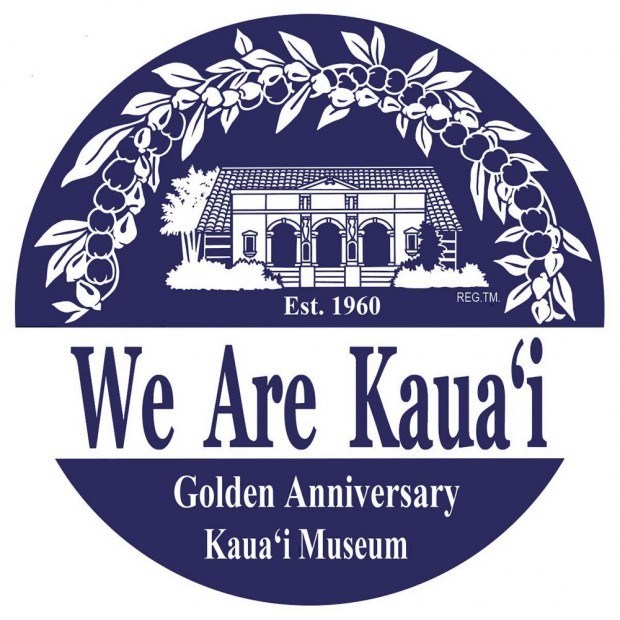On April 1st, 1946, there was a large tidal wave which took the house completely out. Pat River and her six month old baby were lucky to escape. Everything that I had accumulated was lost forever, even the surf board
On April 1st, 1946, there was a large tidal wave which took the house completely out. Pat River and her six month old baby were lucky to escape. Everything that I had accumulated was lost forever, even the surf board that Duke Kahanumoku had made for me.
When Interisland Resorts bought Kalapaki from my grandfather, they cut about thirty feet off the ridge that separated Kalapaki from Nawiliwili and pushed the rubble into the valley behind and made a parking lot where once there was taro and then rice.
At the entrance to Kalapaki there was the Kuboyama Hotel, next to it was Ida’s Bar, then Nawiliwili Cleaners and Kauai Factors. Kauai Factors was a liquor store first and the General Paint dealer second. Across the street from the Kuboyama Hotel was Higuchi Service Station and Store. Where the Menehune shopping village is now, was a warren of small buildings. There was a watchmaker and in another building was M Tanaka Plumbers. The Higuchi Service Station was run by the Mizutani Family while old Mr. Higuchi was a fish peddler. He would buy the fresh fish from the commercial fishermen and peddle his wares in the camps until he had sold all his fish. On the mauka side of the street from Anchor Cove there were a lot of houses and people living there. The only home that is still there of the original is the Enoka Lovell house.
Nawiliwili Valley was all kalo (taro) at one time but in my memory there was only rice and later pasture.
I guess most of you know of the shelling of Nawiliwili on December 30 1941 by a Japanese Submarine. Of the twenty or so shells fired only two, the star shells which lit up the harbor did explode, the rest were all duds. One shell hit one of the Shell Oil Gasoline tanks right above the level of the gasoline, rattled around inside the tank, and fell to the bottom. There it lay until the tank was drained about three months later when it was removed and taken away and exploded.
My Grandfather’s home was located in about the middle of the present swimming pool at the Marriott. The whole area has been so changed that it’s hard to describe today. Hills have been leveled and valleys filled, streams moved and some covered and diverted underground into the Nawiliwili stream. I sometimes get a little sad thinking about all of the changes.
I was a rather precocious boy who was always getting into trouble. One time when I was three years old my grandmother had some women in to play bridge. One heard a noise coming from the roof and asked my grandmother what it could be. My grandmother said it’s probably an auku’u (native night heron), and the lady said that she had never seen one so they all got up and walked out to see the bird. There was no bird on the roof but little Hobey running around having a good time. My grandmother very calmly said “Hobey, show nana how you got up there.” I, like a real show off, ran over to where a lattice had been built next to the house that made a perfect ladder for me. I quickly climbed down and started up again but my grandmother caught me before I could get back up. So much for the auku’u. I loved going with my grandfather for rides in the car. Ahukini was one of my favorite places because there I could watch the ships being loaded. The captain of the port was a salty old seaman with language to match. I soon had a pretty colorful vocabulary. One day while trying to hammer a nail into a piece of wood I hit my finger pretty good and let out a string of words that shocked my grandmother. She asked “Hobey where did you learn those words?” “Captain Jack” I replied.
On the plantation my grandfather delighted in teaching me the names of all the varieties of sugar cane. One day we were driving through the fields with the President of American Factors and my grandfather was showing him how smart I was. When asked what kind of cane this was I would give the name of it. When the president asked me “Little boy, what kind of cane is that?” I promptly said “You bleep bleep fool that’s corn”. My grandfather had a good laugh and the president wasn’t too happy.
On the hill where the bulk sugar plant is today was the site of the county jail. Being a prisoner in those days was a lot different than today. Prisoners were able to drive the Jailors car to go shopping for their meals and sometimes to go fishing. The Head Jailor had throw nets and when he could see ‘anae (adult mullet) feeding close to shore he would get one of the jailbirds, who he knew was a good fisherman and give him the throw net and show him where the fish were. The man would go down the path to the water’s edge and wait for signals from his boss up on the hill. He was then directed to where the fish were and throw his net and usually catch enough for their dinner.
The jail birds were able to work off their sentences by going out and working on the sides of the roads, keeping the grass mowed and the weeds hoed out. Sometimes I think the old ways were better than what we have today.


